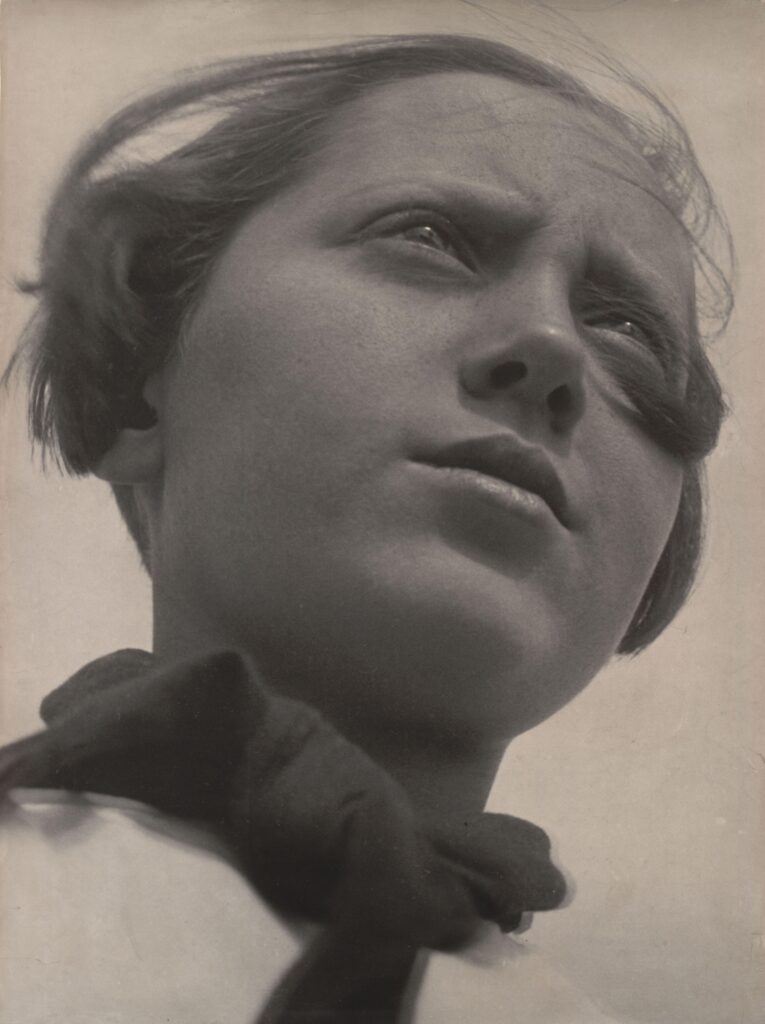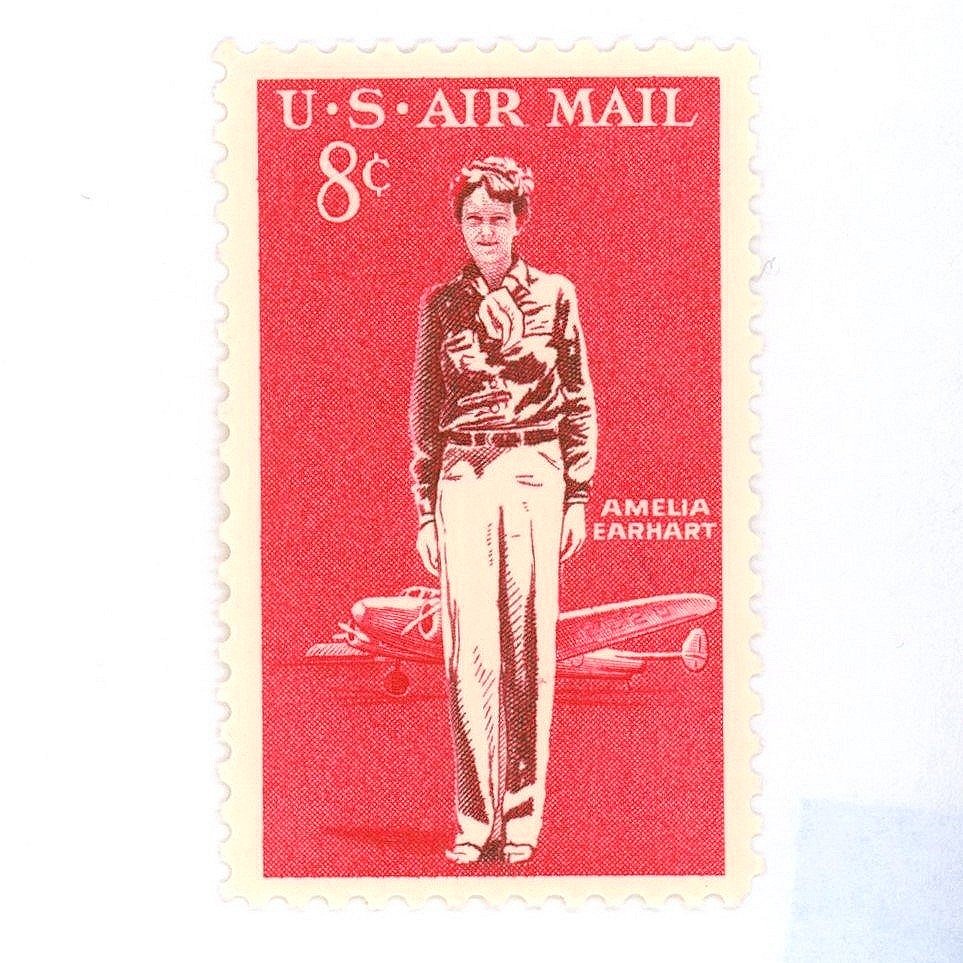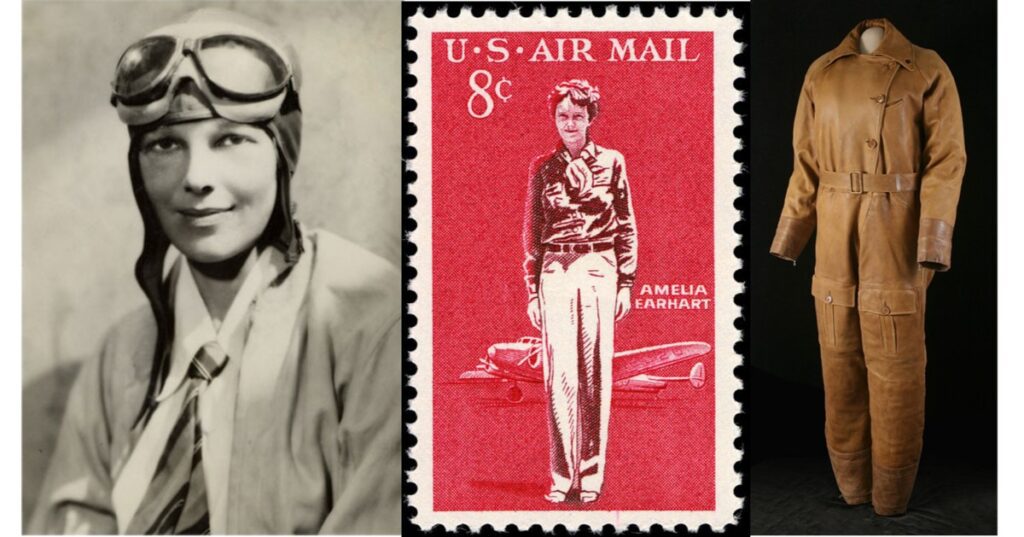Aleksandr Rodchenko – Pioneer Girl


Aleksandr Rodchenko was a prominent Russian artist, sculptor, photographer, and graphic designer who played a crucial role in the Russian avant-garde movement during the early 20th century. Born in 1891 in St. Petersburg, Russia, Rodchenko initially studied drawing and painting before becoming involved in the avant-garde scene.
Rodchenko is perhaps best known for his innovative contributions to photography and photomontage. He embraced the principles of Constructivism, an artistic movement that sought to merge art with modern industrial materials and technology while emphasizing geometric forms and dynamic compositions. Rodchenko’s photography often featured unconventional angles, close-ups, and experimental techniques, reflecting his interest in capturing the essence of modernity and urban life.
In addition to his photography, Rodchenko also made significant contributions to graphic design and poster art. He believed in the power of art as a tool for social and political change, and his graphic designs often conveyed bold messages in support of the Bolshevik Revolution and the Soviet regime.
Throughout his career, Rodchenko remained committed to pushing the boundaries of artistic expression and challenging traditional artistic norms. His work continues to be celebrated for its creativity, innovation, and lasting impact on modern art and design.







